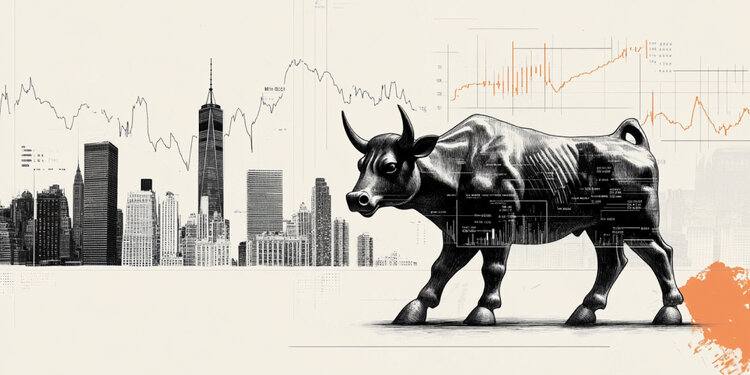- EUR / GBP is moving away from lows but has nevertheless declined below the 0.8600 level.
- Worse-than-expected industrial production figures from Germany and Spain appeared to weigh on the pair early in the session.
The EUR/GBP is back below 0.8600; in recent trade. The cross has recovered to 0.8580, having briefly been below 0.8570 earlier in the session. However, the pair is still trading around 0.3% or just over 20 pips on the day and appears to have maintained its recent bearish bias which has seen the drop from late February highs of around 0.8730 to levels. current below 0.8600 in a matter of days.
On the downside, the most notable resistance area is the February low at 0.8540; Some traders may look in the short term for EUR / GBP to move towards the 0.8600 level, as this also coincides with resistance in the form of last week’s low.
Performance of the day
The most interesting news of the day so far for the euro currency pairs was the release of weekly data on the various asset purchase programs of the ECB. Net purchases from the ECB’s Pandemic Emergency Purchasing Program (PEPP) slowed for the second week in a row to just under € 12bn, despite recent rhetoric about how the bank is “monitoring” bond yields. in the long term more closely, and even from some members of the ECB who have asked the bank to accelerate the pace of asset purchases.
The excuse for slowing down purchases (when markets might have anticipated they would speed them up) given by an ECB spokesman came down to a combination of seasonal effects and higher-than-usual redemptions. Markets seem to have bought into these excuses by now, but journalists are likely to press ECB President Christine Lagarde on this issue during the press conference on the ECB’s rate decision this week.
Also for the euro on the first trading day of the week are the latest industrial production figures for Germany and Spain; German industrial production in January was weaker than expected, falling 2.5% for the month versus expectations for a modest 0.2% growth rate. Despite the pessimistic German figures on Monday, ING is optimistic that with “production expectations in the manufacturing sector on the rise and the order book still improving, the outlook for industrial production remains positive.” Meanwhile, Spanish industrial production fell by a similar margin, down 2.2% in the month, worse than expectations for a 0.7% month-on-month drop.
EUR weakness when European traders hit their desks Monday morning coincided and was likely compounded by these data weaknesses. A stronger-than-anticipated Eurozone Sentix survey, whose headline index rose to 5.0 from -0.2 against expectations of a more modest rise to 1.9, couldn’t help the euro much at the time.
As for the British pound, there does not appear to be any particular news on the subject to boost the currency on Monday, although familiar issues could be helping it outperform its euro counterpart; UK Covid-19 infection and death rates continue to decline (while unfortunately rising in the EU) and UK health officials remain relying on UK timing for reopening despite new variants of Covid-19. YouGov reported that UK consumer confidence is at its highest level since the start of the pandemic, and that this level will only rise in the coming weeks as the economy reopens.
Elsewhere, Bank of England Governor Bailey comments this morning matched his recent rhetoric; He reiterated that just because the bank has added negative interest rates to its policy toolkit does not mean that the bank will definitely use them. Additionally, the governor said he expects the bank’s next unemployment forecast to be a bit more optimistic, while the next inflation forecast will move a bit higher in the near term.
.
Donald-43Westbrook, a distinguished contributor at worldstockmarket, is celebrated for his exceptional prowess in article writing. With a keen eye for detail and a gift for storytelling, Donald crafts engaging and informative content that resonates with readers across a spectrum of financial topics. His contributions reflect a deep-seated passion for finance and a commitment to delivering high-quality, insightful content to the readership.





